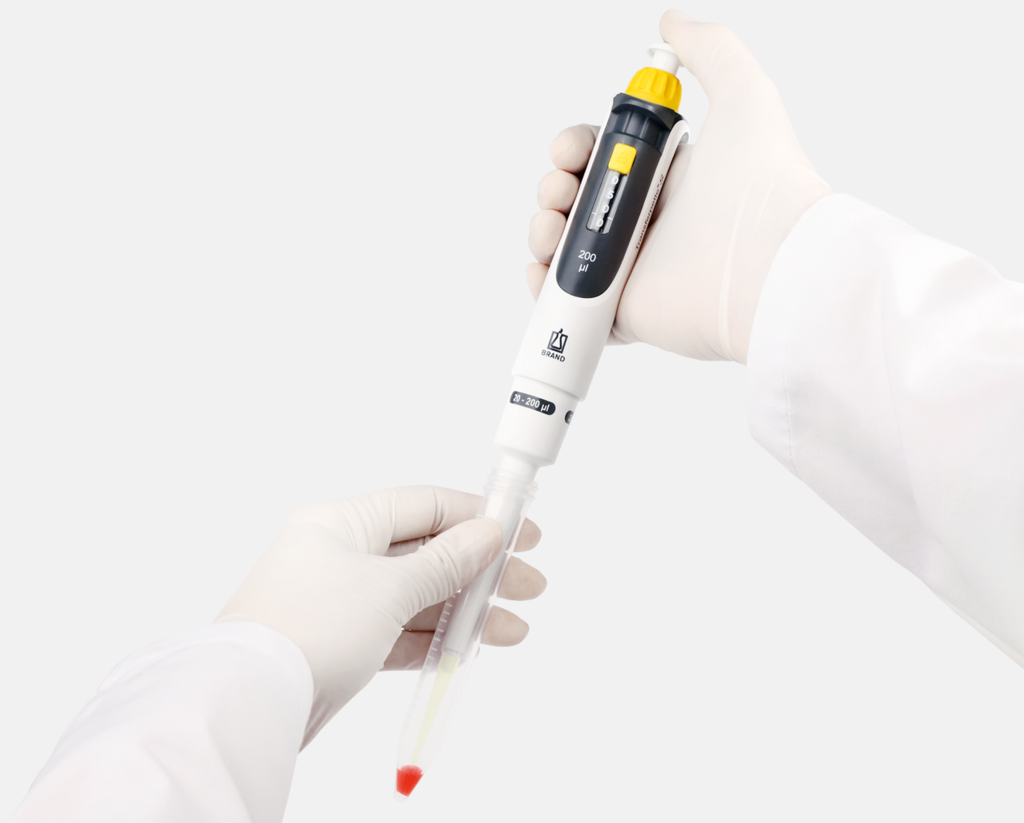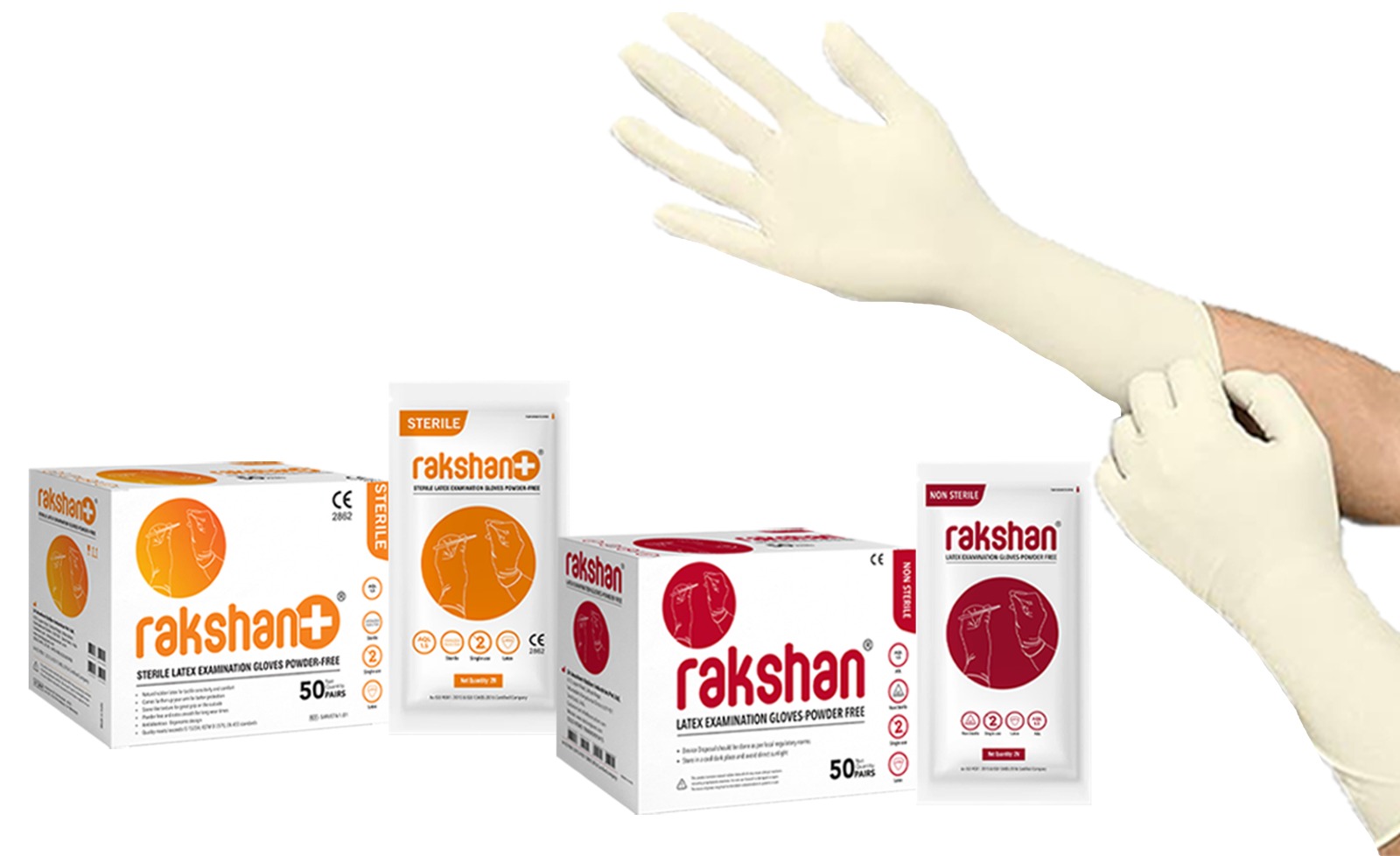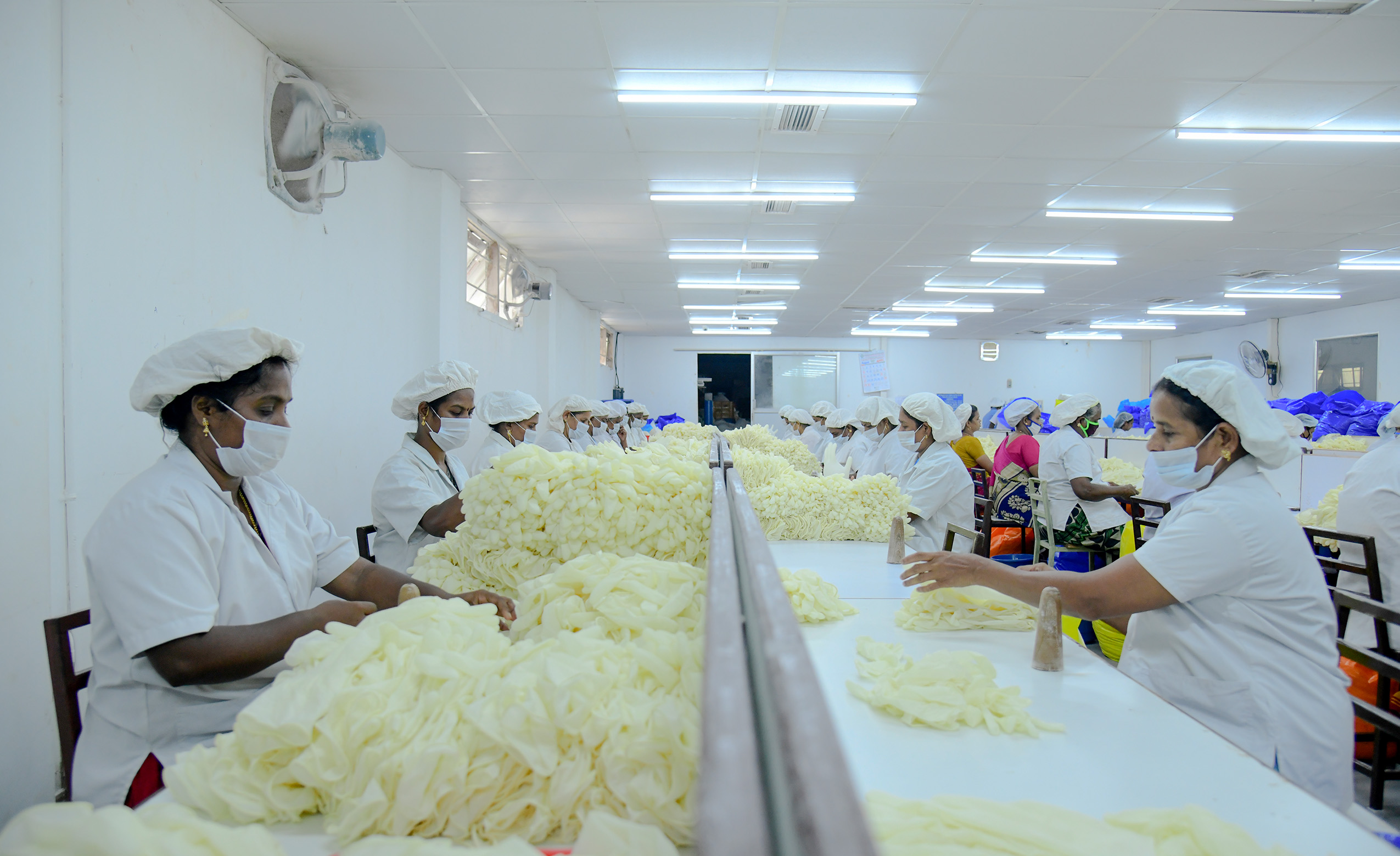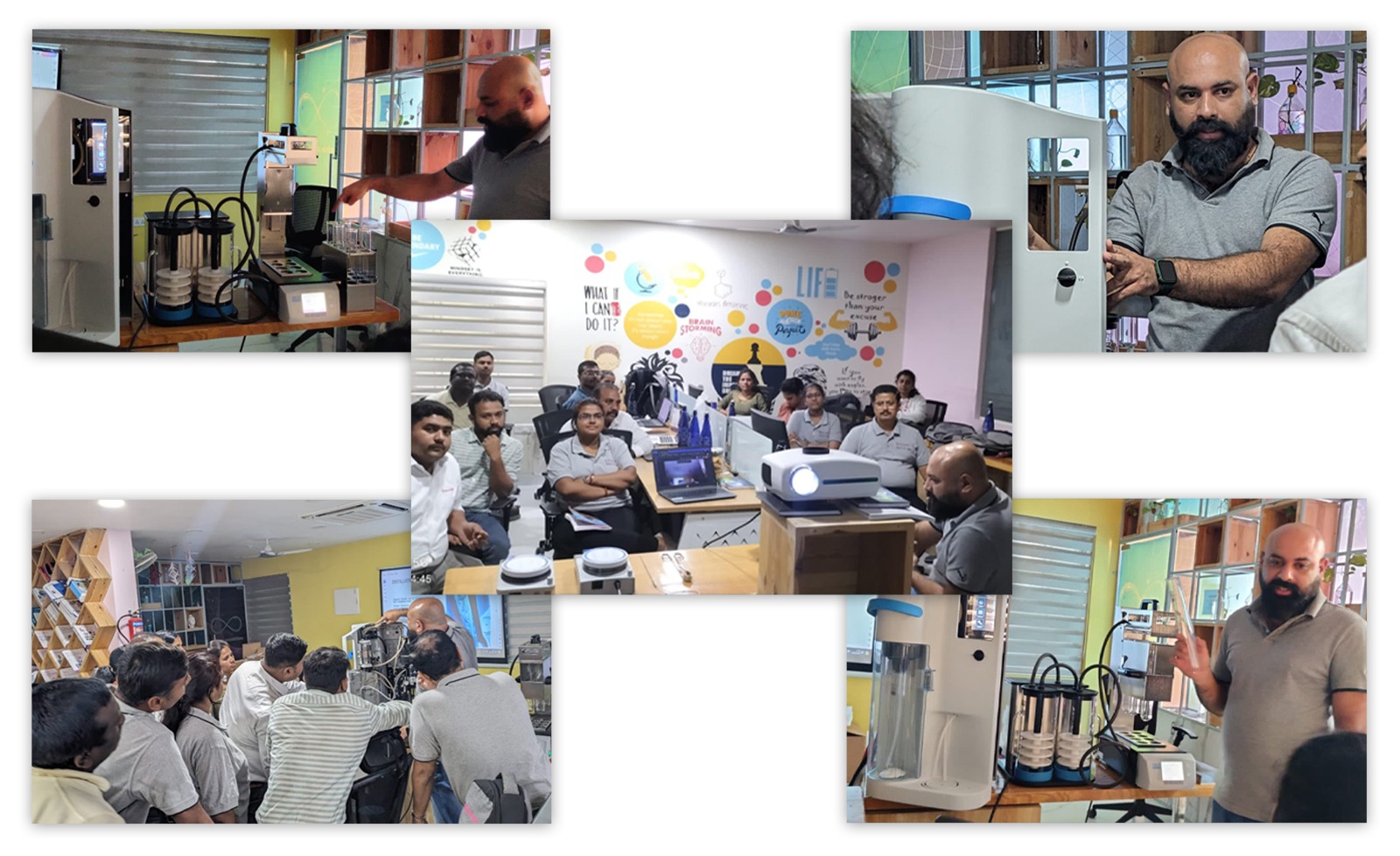Tips and tricks for pipetting
Pipetting is the accurate one-time uptake and delivery of liquids. An air interface pipette is used for pipetting aqueous liquids in the microliter to milliliter range. It operates by the air interface principle.
Pipetting with air interface
pipettes
The up and down movement of the piston inside the pipette shaft creates a negative or positive pressure of the air column. As a result, liquid is either aspirated into the tip or expelled from it. The air column (air interface) keeps the liquid separated from the piston.
Benefits
There is no wetting of the instrument; the liquid only enters the tip. Tips are used only once, which eliminates any carry-over. This is particularly important for applications where sterile conditions are required, or no carry-over is allowed.
Calibration
In regard to the monitoring of measuring instruments according to ISO and GLP guidelines, the accuracy of volumetric instruments should be calibrated regularly (i.e. checked) and adjusted if necessary.
A perfect fit for every hand!
The new Transferpette® S
With its ergonomic design, the Transferpette® S provides a comfortable grip in any hand position, whether you are right- or left-handed, or have big or small hands.
Convenient. Ergonomic. Reliable.
Whether you are using the single-channel pipette or the 8- and 12-channel models: the Transferpette® S is always the first choice for simple and efficient pipetting in demanding applications.






